A well-preserved Ming tomb with unique objects found in China (photo)
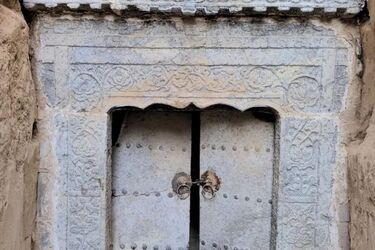
Archaeologists from the Shanxi Institute of Cultural Relics and Archaeology have made an exciting discovery when they excavated a well-preserved tomb from the Ming Dynasty (1368-1644) in Xinzhou, Shanxi Province in northern China.
The tomb, which is more than 430 years old, was discovered on the western terrace of Hexitou Village in Xinfu District of Xinzhou. It consisted of a 17-meter-long sloping passage, a central funerary chamber, and a smaller back chamber that was approximately 25.3 meters long, Chinadaily.com.cn reported.
You may also be interested in: Winged Basilisk found on medieval pilgrim's badge in Poland (photo)
The tomb contains exquisite funerary furniture and a wooden coffin in excellent condition, artifacts that testify to an important historical period of Chinese culture. The excavations also revealed the remains of buildings from the Longshan period (2900-2100 BC) and the Warring States period (475-221 BC), as well as 66 tombs from different dynasties.
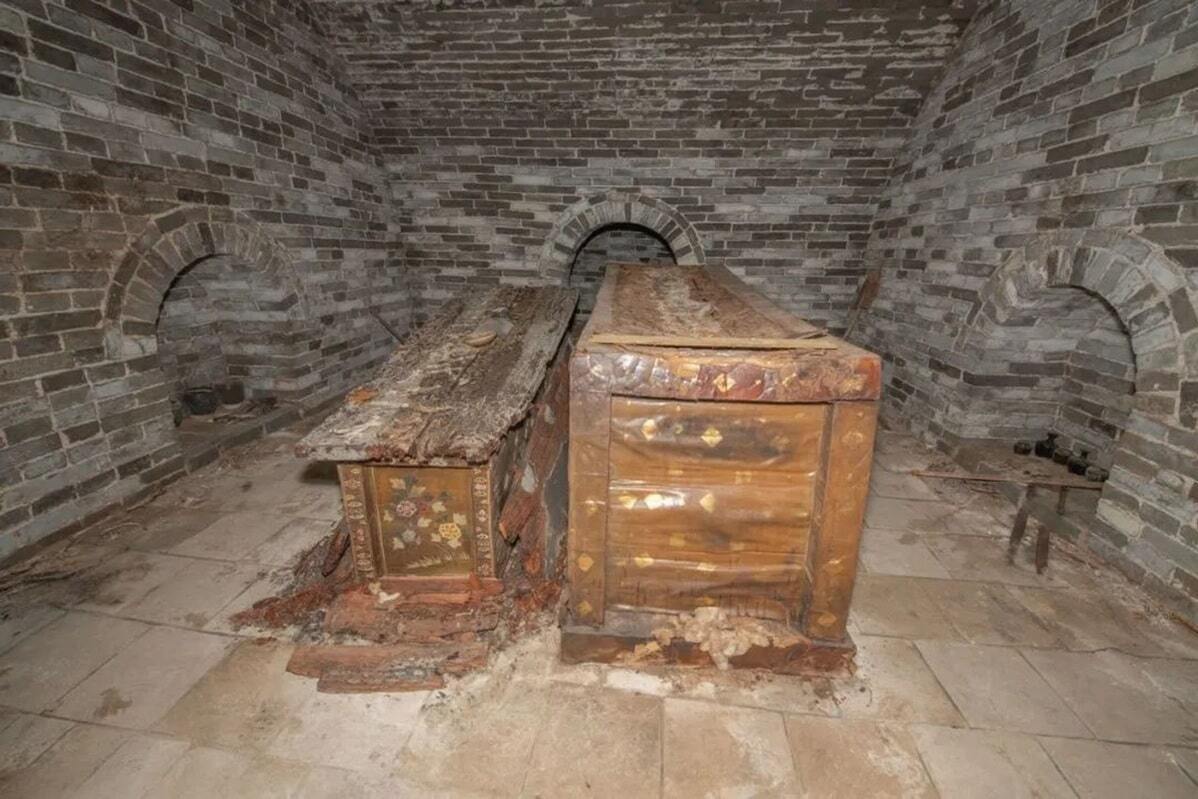
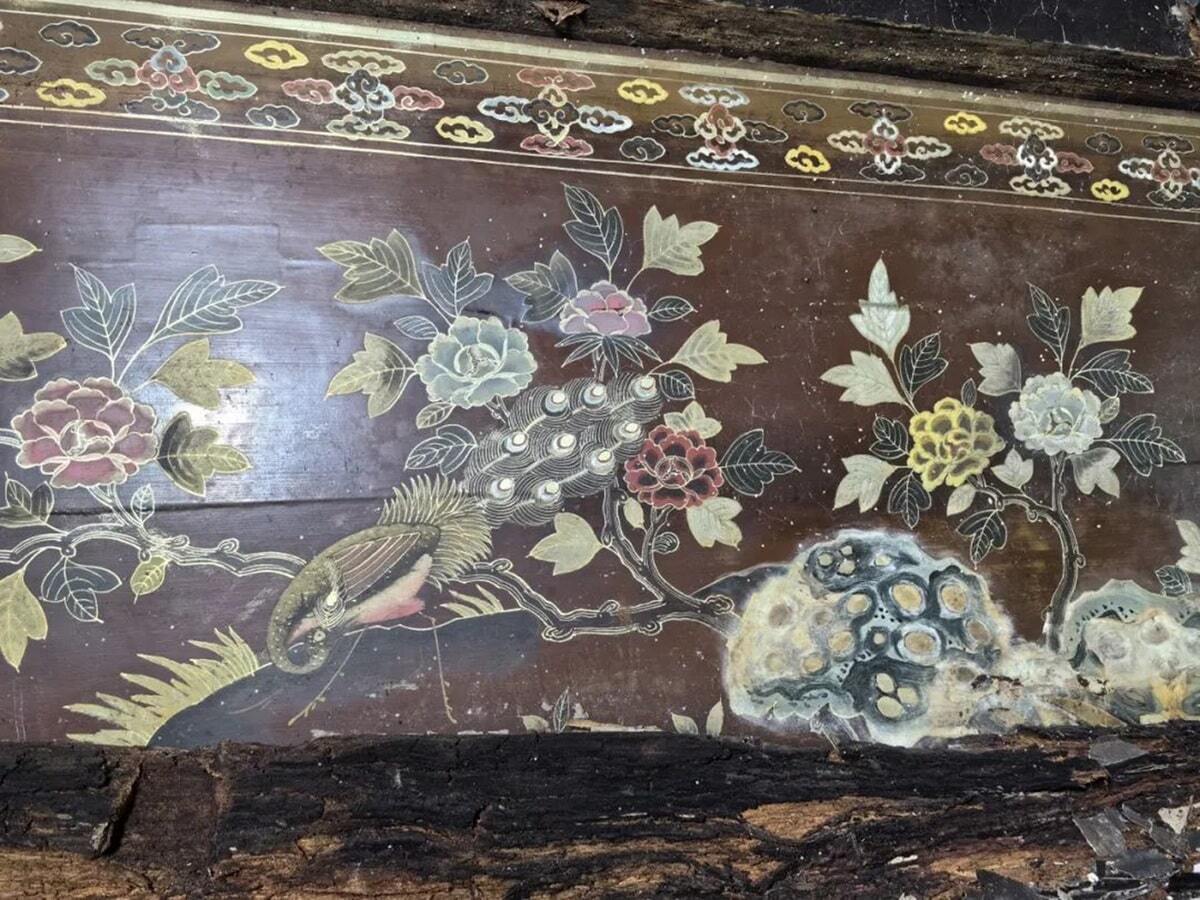
Two beautifully decorated wooden coffins with intricate motifs were found in the tomb, as well as a variety of household items and sacrificial objects dating from the Ming Dynasty.
The sealed epitaph attests to the deceased's high birth, indicating his service at the royal court as a palace official.
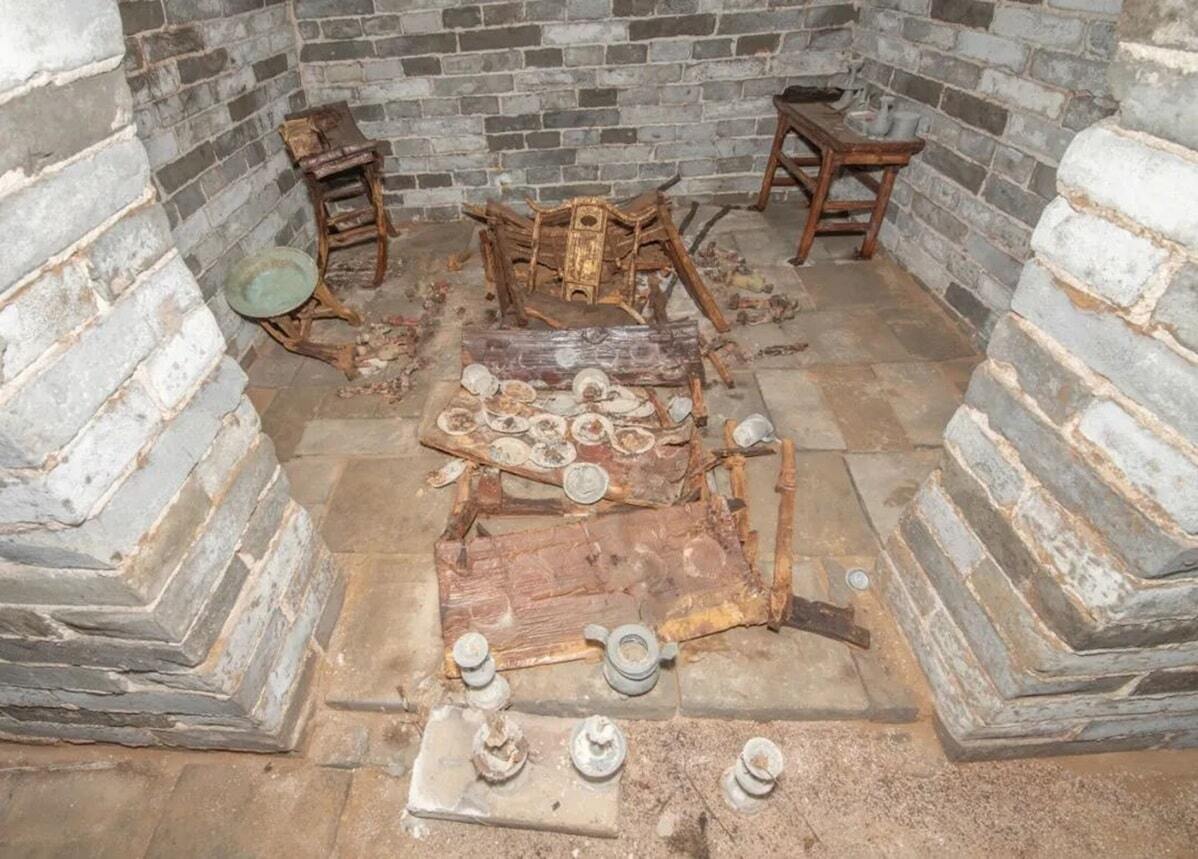
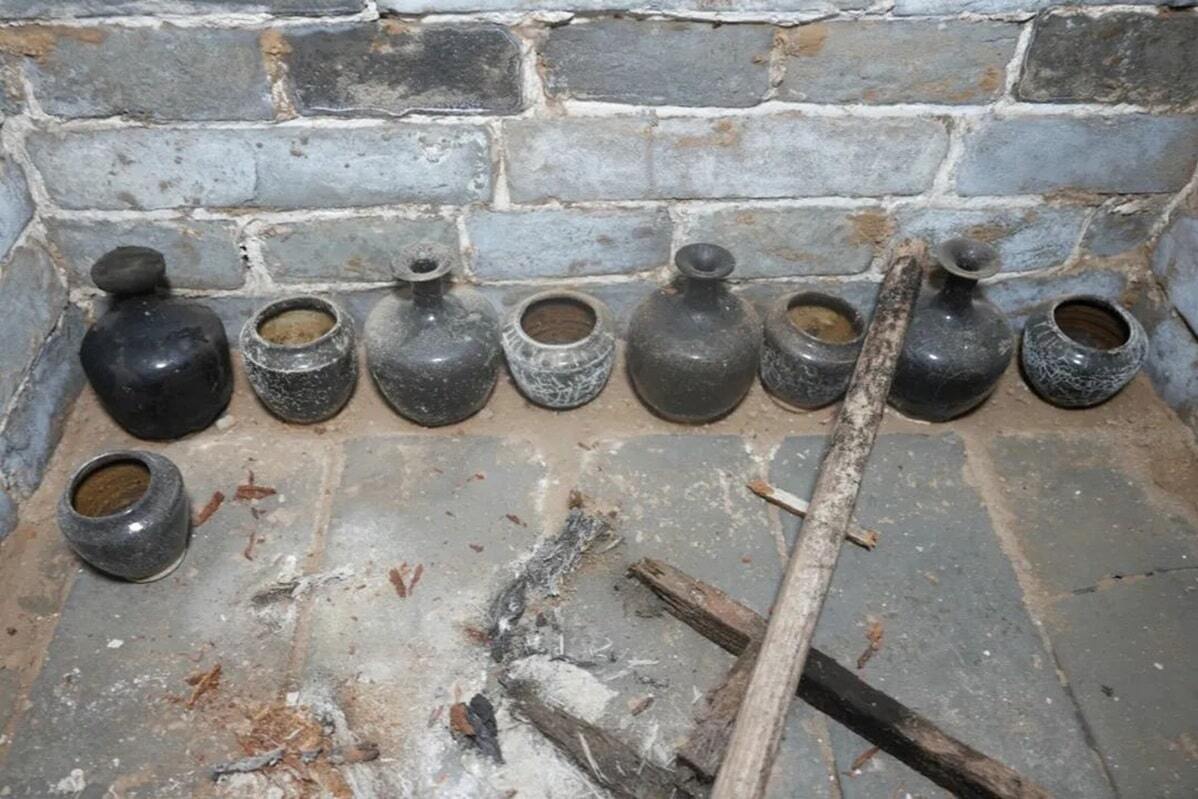
This discovery is very rare and important for the cultural heritage of Shanxi and China as a whole. The wooden funerary objects and sacrificial items are well preserved, making this tomb extremely valuable to researchers and historians.
As a reminder, a 2000-year-old bronze hand with mysterious inscriptions was discovered in Spain.
If you want to get the latest news about the war and events in Ukraine, subscribe to our Telegram channel!
